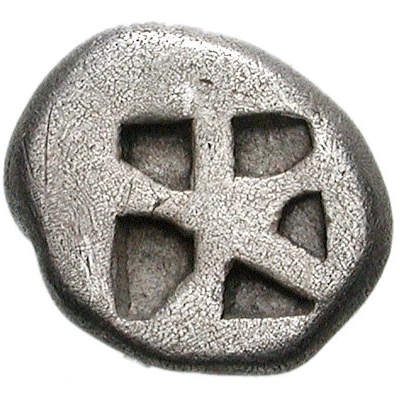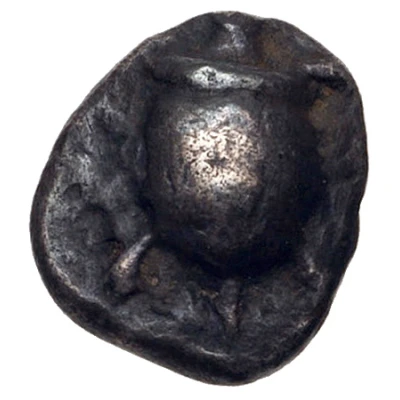


© Classical Numismatic Group, Inc.
Triobol 510 BC - 490 BC
| Silver | 2.95 g | 12.0 mm |
| Issuer | Aegina |
|---|---|
| Type | Standard circulation coin |
| Years | 510 BC - 490 BC |
| Value | Hemidrachm (½) |
| Currency | Aeginetic drachm |
| Composition | Silver |
| Weight | 2.95 g |
| Diameter | 12.0 mm |
| Shape | Round (irregular) |
| Technique | Hammered, Incuse |
| Demonetized | Yes |
| Updated | 2024-10-09 |
| Numista | N#139969 |
|---|---|
| Rarity index | 97% |
Reverse
Incuse divided into five compartments.
Interesting fact
The Triobol coin was used as a form of currency in ancient Greece and was equivalent to three obols, which is where it gets its name. The obol was the smallest unit of currency in ancient Greece, and the Triobol was worth three times that amount. This coin was used for everyday transactions and was a convenient way for people to carry and use money. It's fascinating to think about how this coin was used in everyday life in ancient Greece, and how it played a role in the economy of the time. It's also interesting to note that the Triobol coin was made of silver, which was a valuable resource at the time.



